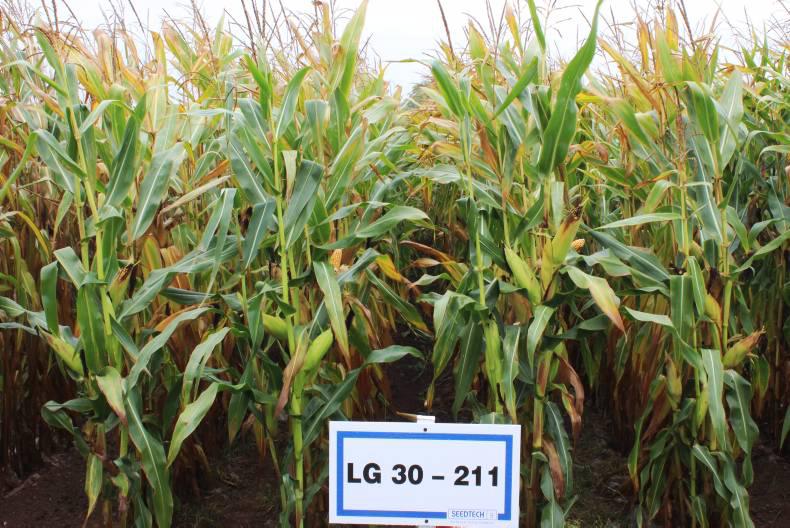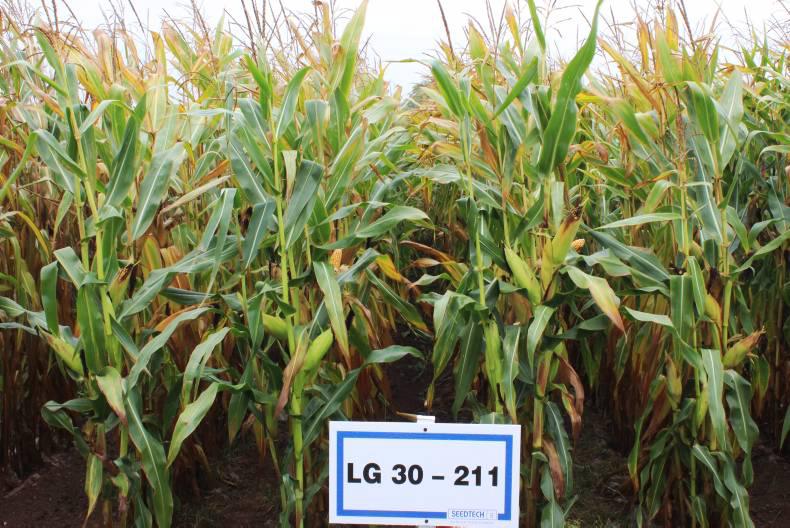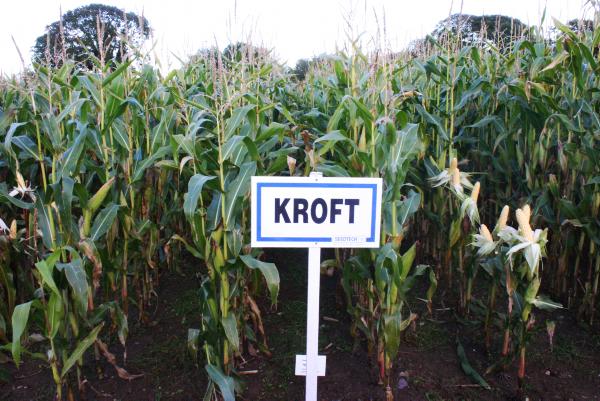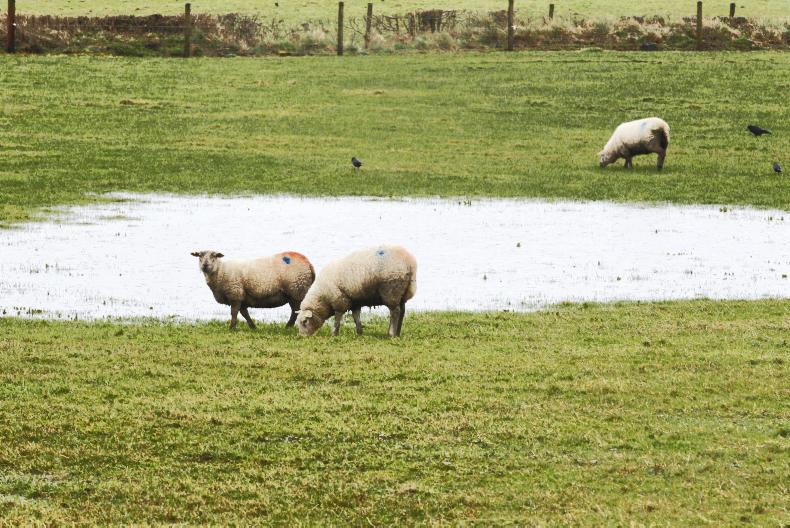The 2016 recommended list of forage maize varieties contains three new varieties for planting under plastic and, as indicated last spring, the recommended list of varieties for planting in the open has been discontinued.
There are now eight varieties recommended for planting under plastic which broaden the range in the package of characteristics available to growers from the recommended list. I flagged some of these possible changes following the variety open days last autumn and indeed three of the potential varieties are now recommended.
Perhaps the biggest change to the 2016 recommended list is the absence of a recommendation for varieties being planted in the open without plastic. For many years the bulk of the maize acreage was planted in the open but a number of poor years now mean that probably over 80% of the crop is sown under plastic, as a form of insurance against poor weather. Indeed, it would seem that the area sown in the open could decrease further this year following the difficult year for the crop in 2015.
So for those in regions favourable for the planting of maize in the open the only independent information available is from the 2015 recommended list. However, the companies are still evaluating varieties in the open and this could be very useful for growers who wish to continue planting without plastic cover.
Also, a note with the list states that the ME (metabolisable energy) system is used to help differentiate maize varieties because the net energy system does not allow the comparison of different maize varieties on their nutritional value. The ME value is an estimate of the energy available to an animal from each variety as a result of digestion of the feed material. ME is expressed in Megajoules per kilogramme.
Varieties for planting under plastic
The recommended list for planting under plastic is shown in Table 1. The data shows a range of performance and quality characteristics on which the varieties are evaluated. As always, the recommended list is formulated over a number of sites and the evaluation is expressed as the average of these sites in the three most recent years.
In general, varieties sown under plastic tend to be higher yielding and later maturing than those that would be sown in the open but plastic adds additional cost which needs to be covered by additional yield and improved quality. In general quality is higher where plastic is used but the use of later-maturing, higher-yield varieties can still result in poor quality in poor years. Variety choice must always be a compromise between yield potential and the suitability of your site to deliver the required quality.
The 2015 list contained five varieties – Award, Grosso, Justina, P7905 and Tekni. All five remain on the 2016 list and P7905 is fully recommended while Grosso remains provisionally recommended. The three new varieties are all provisionally recommended and these are Ambition, Galbi and LG30211.
Relative variety ratings and actual yield data for the mean of the control varieties is shown in Table 1. This also includes the relative ratings for all varieties, most of which is relative to the control varieties. The data is based on trial results during 2013 to 2015.
Another change to the 2016 list can be seen in the fact that the dry matter rating (DM) has been moved away from the yield and starch columns and into the last column in the table. And this relative figure is now associated with text to more clearly describe its maturity rating to the grower.
This DM figure gives growers an indication of the suitability of each variety for certain sites – the lower the DM value, the more important it is to have early planting and a favourable site. A high dry matter is a good indicator of how much the crop has matured prior to harvest.
Variety characteristics when grown with plastic
Ambition (PR-1): New on the list of varieties for plastic cover in 2016 with a provisional recommendation. This is the lowest-yielding variety on the list and it was on the list for planting in the open when it was in existence. It has the highest starch content on the list. It has extremely high dry matter content (119) and is an extremely early-maturing variety. It is suitable for late sowing and/or early harvest, particularly on less favourable sites. It is bred by Limagrain Verneuil Holding, France, and Goldcrop Ltd is its Irish agent.
Award (R): A good yielding variety. Starch content is very high. Dry matter content is good and it is a medium-early maturing variety. Might be described as a safe variety that has been recommended since 2011. It is bred by Limagrain Advanta Nederland BV in The Netherlands, and is also handled here by Goldcrop Ltd.
Galbi CS (PR-1): This variety is also new on the list with provisional recommendation. It is rated as having the highest yield potential on the list. However, it also has by far the lowest starch content rating (90) and might be regarded as the opposite to Ambition. Crop dry matter content is low (92) and it is the latest-maturing variety on the list. It is recommended that this variety should only be sown early and on favourable sites. Maturity lateness increases as planting is delayed. It was bred by Caussade Semences in France and is also coming through Goldcrop.
Grosso (PR-2): Was on the list last year for the first time but it remains provisionally recommended. It has good yield and high starch content. However, it is regarded as a medium-late maturing variety with only moderate dry matter content. This means that it is more suited for early sowing in favourable sites than in unfavourable sites. Grosso was bred by KWS Saat in Germany and is handled here by DLF Seeds.
Justina (R): This has been a solid variety and has been on the recommended list since 2005. It has good yield, with moderate starch content, but it is gradually becoming superseded. It has moderate dry matter content and is regarded as medium-late maturing. Bred by DuPont Pioneer, Germany.
LG30211 (PR-1): Also new on the recommended list for 2016 with a provisional recommendation. It appears to have good yield potential with high starch content making it a very interesting variety. Dry matter content is good (98) and it is medium-early maturing. Being middle of the road in terms of maturity, it is suitable for sowing in most sites expect those that are least favourable. This one was bred by Limagrain Verneuil Holding in France and is handled here by DLF Seeds.
P7905 (R): Came onto the list last year and has been upgraded to a fully recommended variety in 2016. It is high-yielding, with good starch content. It has moderate dry matter content and is regarded as medium-late maturing. So, on balance, it is more suited to early sowing in favourable sites than in unfavourable sites. This is a DuPont Pioneer bred variety from Germany.
Tekni (R): A good-yielding variety (slightly under 100) with good average starch content. It has good dry matter content and is regarded as medium-early maturing. It is also bred by Caussade Semences in France and handled here by Goldcrop.
Uncovered performance 2015 list
As stated previously, the practice of producing a recommended list for varieties sown in the open has been discontinued.
Details of the relative performance of varieties on the 2015 recommended list are shown in Table 2 for information. This does not contain any update of information from the 2015 production year.
The data in Table 2 is based on results of trials carried out over three years 2012 to 2014.












SHARING OPTIONS